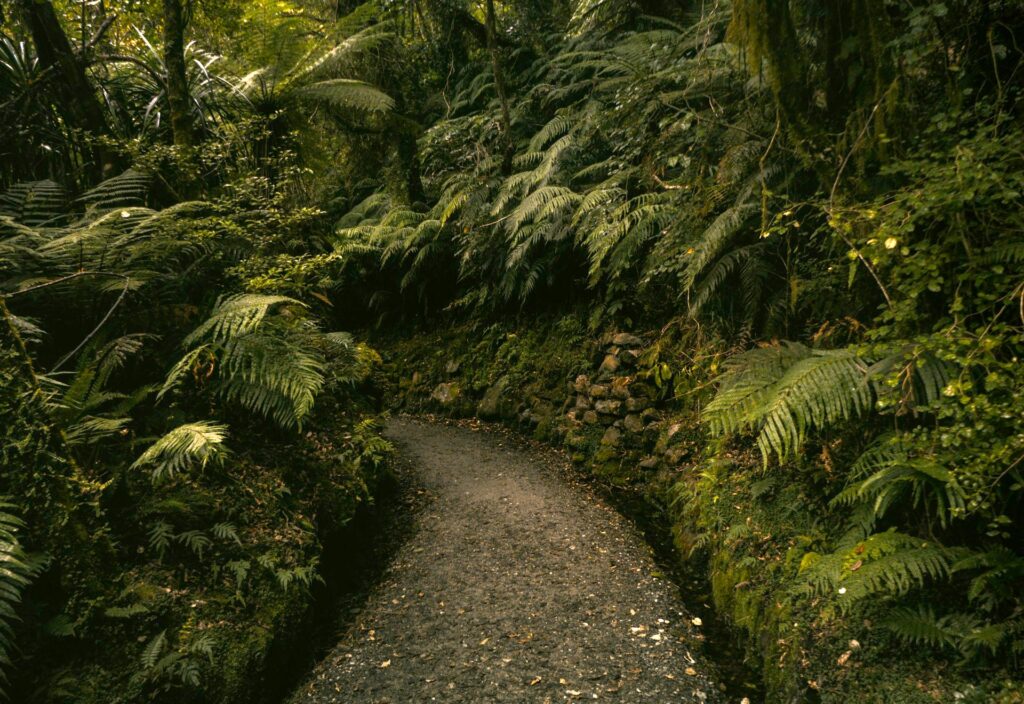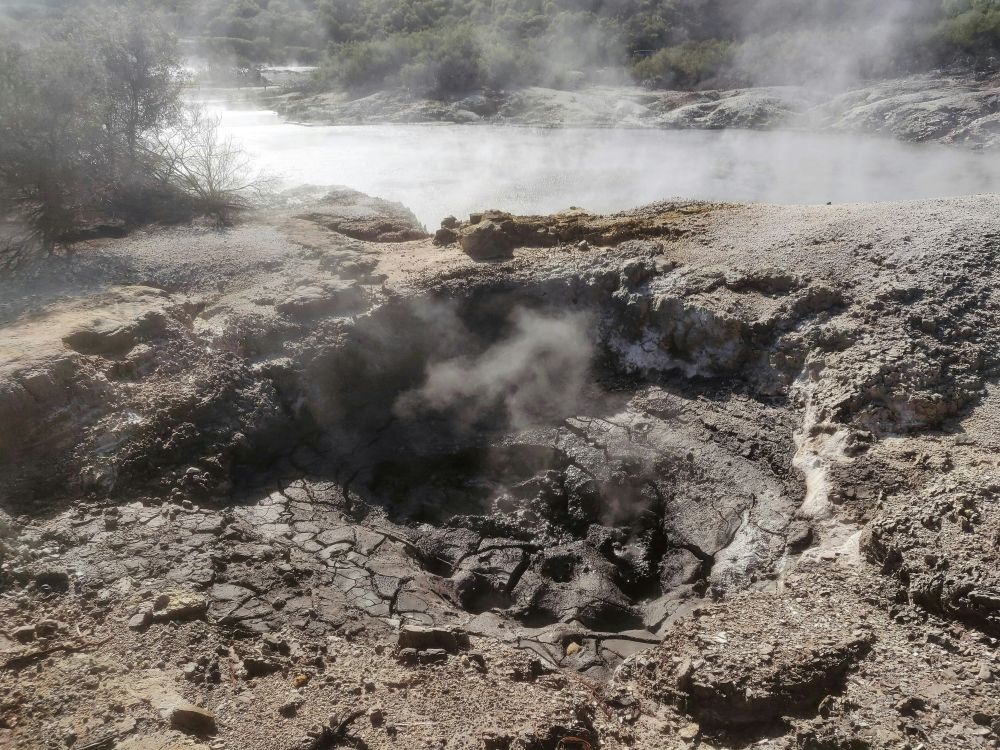The stunning landscapes of Rotorua and the Bay of Plenty are inspiring homeowners to reimagine their outdoor spaces in exciting new ways. From volcanic terrains to geothermal influences, this unique region offers both opportunities and challenges that are shaping modern garden design.
The Evolution of Outdoor Boundaries
Modern Fencing as Landscape Architecture
Today’s property boundaries serve multiple purposes beyond simple demarcation. Contemporary fencing for Rotorua has evolved into a key landscape element that establishes visual flow, creates privacy zones, and frames spectacular views of the region’s natural beauty.
Property owners are increasingly selecting boundary treatments that work harmoniously with their garden themes when renovating their gardens. Whether choosing weathered timber that echoes the region’s forestry heritage or opting for sleek composite materials that withstand the humid geothermal climate, fences now contribute significantly to a property’s overall aesthetic appeal.
Embracing Regional Identity Through Design
Native Plant Communities Taking Centre Stage
Gardens throughout the region are shifting toward plant selections that celebrate local ecology. Homeowners are discovering the beauty and practicality of species like kōwhai, mānuka, and harakeke, which thrive in volcanic soils while requiring minimal water once established.
These native plant communities create year-round interest through seasonal flowering, attract native birds like tūī and bellbirds, and reduce maintenance demands. The result is landscapes that feel authentically connected to their surroundings while supporting local biodiversity.
Climate-Responsive Garden Planning
Rotorua’s unique climate conditions—from geothermal influences to regular rainfall- are driving smarter landscape design choices. Gardens are being planned with natural drainage patterns in mind, utilising the region’s topography rather than fighting against it.

Outdoor Rooms for Year-Round Living
Creating Functional Entertainment Spaces
The trend toward outdoor living has gained significant momentum across the Bay of Plenty. Properties now feature designated zones for different activities: cooking areas with built-in barbecues, fire pit gathering spots for cooler evenings, and sheltered seating areas that extend the home’s living space.
These outdoor rooms are designed with Rotorua’s variable weather in mind, incorporating natural windbreaks and positioning elements to capture warm afternoon sun while providing shelter from prevailing winds.
Deck Design and Material Innovation
Elevated decking solutions are particularly popular on the region’s sloping sections. Modern deck designs incorporate multiple levels, built-in seating, and integrated planters that blur the lines between architecture and landscape.
Material choices reflect both aesthetic preferences and practical considerations for the local climate, with options ranging from traditional timber treated for longevity to low-maintenance composite decking that withstands humidity and temperature fluctuations.
Water-Wise and Sustainable Landscapes
Natural Stormwater Management
Forward-thinking property owners are incorporating water management features that work with Rotorua’s rainfall patterns. Rain gardens positioned strategically around homes capture runoff from rooflines and paved areas, allowing it to filter naturally through planted areas before entering groundwater systems.
These shallow, planted depressions feature hardy sedges, flax varieties, and other moisture-loving natives that process water naturally while creating attractive landscape features. The approach reduces pressure on municipal stormwater systems while preventing erosion on sloping sites.
Permeable Hardscaping Solutions
Driveways, pathways, and patio areas are increasingly designed with water permeability in mind. Grid systems filled with gravel or planted with low-growing groundcovers allow rainwater to penetrate rather than creating runoff.
These solutions prove particularly valuable on Rotorua’s volcanic soils, where proper drainage prevents surface water issues while maintaining usable outdoor surfaces for vehicles and foot traffic.
Cultural Connection and Natural Materials
Honouring Local Heritage
Garden designs across the region increasingly reflect respect for local Māori culture as well as the area’s geological history. This might involve incorporating traditional plant species used for rongoā (medicine) or weaving, or selecting stones and timber that echo the natural materials found throughout Rotorua’s raw landscapes.
Pathway layouts, garden bed shapes, and structural elements sometimes draw inspiration from traditional patterns, creating spaces that feel rooted in place rather than imposed upon it.

Working with Volcanic Terrain
The Rotorua region’s unique geology presents both challenges as well as opportunities for landscape design. Retaining walls built from local stone create stunning visual anchors while managing elevation changes effectively.
These structures often serve multiple functions, supporting soil on steep sections while creating raised planting areas, seating edges, or backdrop features for garden displays.
Boundary Solutions for Every Property
Living Screens and Green Barriers
Dense plantings of native shrubs are increasingly popular as natural boundary treatments. Species like kōhūhū, māpou, and various coprosma varieties can create effective privacy screens while supporting the local wildlife while requiring minimal maintenance once established.
These living boundaries offer year-round interest through varied foliage textures, seasonal berries, and the wildlife they attract, making them far more dynamic than traditional solid fencing.
Terrain-Adaptive Fencing
Properties with significant slope variation benefit from stepped fencing solutions that follow natural contours. These treatments create visual interest while providing practical boundary definition on challenging terrain.
Combined with terraced planting areas between fence sections, these solutions transform potential landscape problems into distinctive design features.
Professional Guidance and Compliance
Understanding Local Requirements
Rotorua District Council and other Bay of Plenty local authorities actually have specific requirements for various landscape elements, and understanding height restrictions, setback requirements, and consent thresholds helps property owners plan projects that proceed smoothly through approval processes.
Shared boundary considerations under the Fencing Act 1978 requires some careful navigation, particularly in established neighbourhoods where existing agreements or neighbour relationships influence project planning.
Material Selection for Local Conditions
The region’s climate demands thoughtful material selection. Timber treatments that resist humidity and geothermal influences are great for Rotorua, composite materials rated for temperature variations, and stone selections will complement local geology with them all contributing to landscapes that age gracefully.
Looking Forward: Sustainable and Stylish
The landscaping trends emerging across Rotorua and the Bay of Plenty reflect a maturing approach to outdoor space design. Property owners are creating gardens that work with natural systems rather than against them, honour local culture and ecology, and provide flexible spaces for modern living.
Whether transforming a flat urban section or working with a challenging sloped site overlooking Lake Rotorua, today’s landscape design principles emphasise sustainability, functionality, and authentic connection to place. The result is outdoor spaces that enhance both property value and quality of life while contributing positively to the region’s environmental and cultural landscape.
These trends represent more than fashion; they reflect a deeper understanding of how thoughtful landscape design can create better outdoor spaces that are both beautiful and beneficial for years to come.